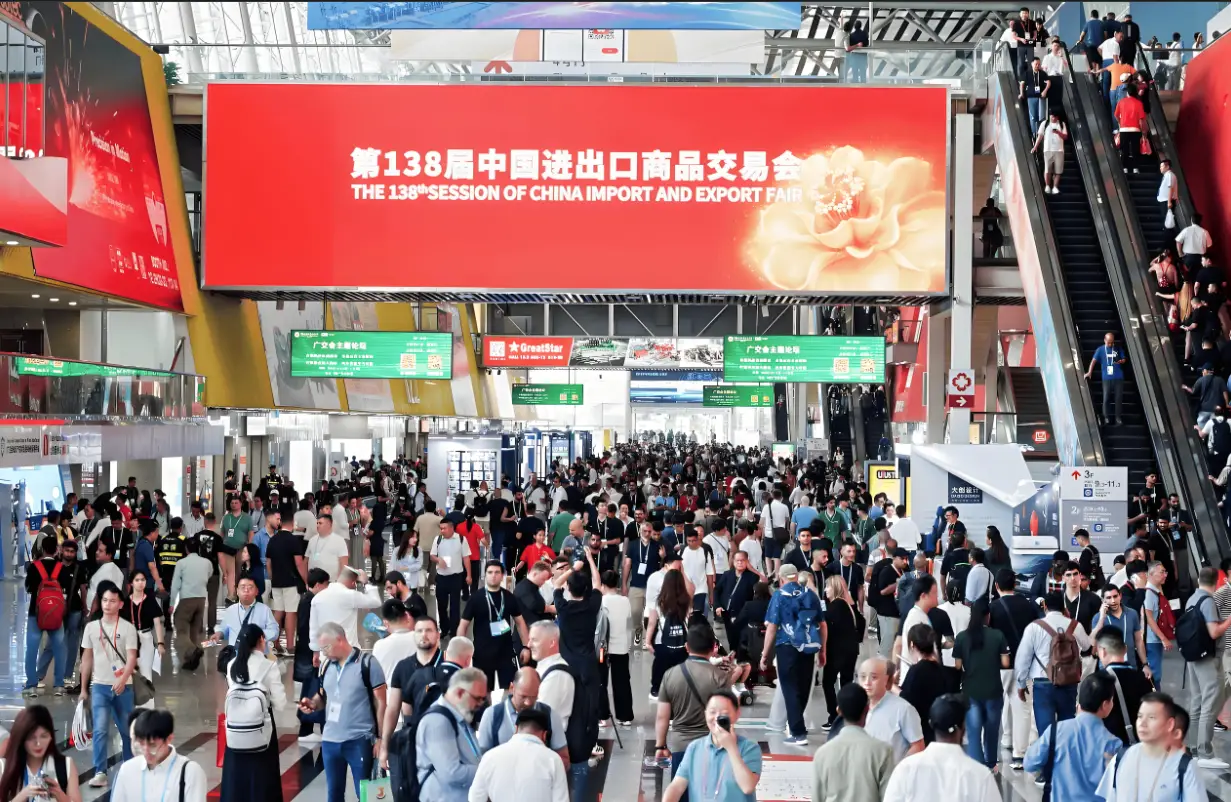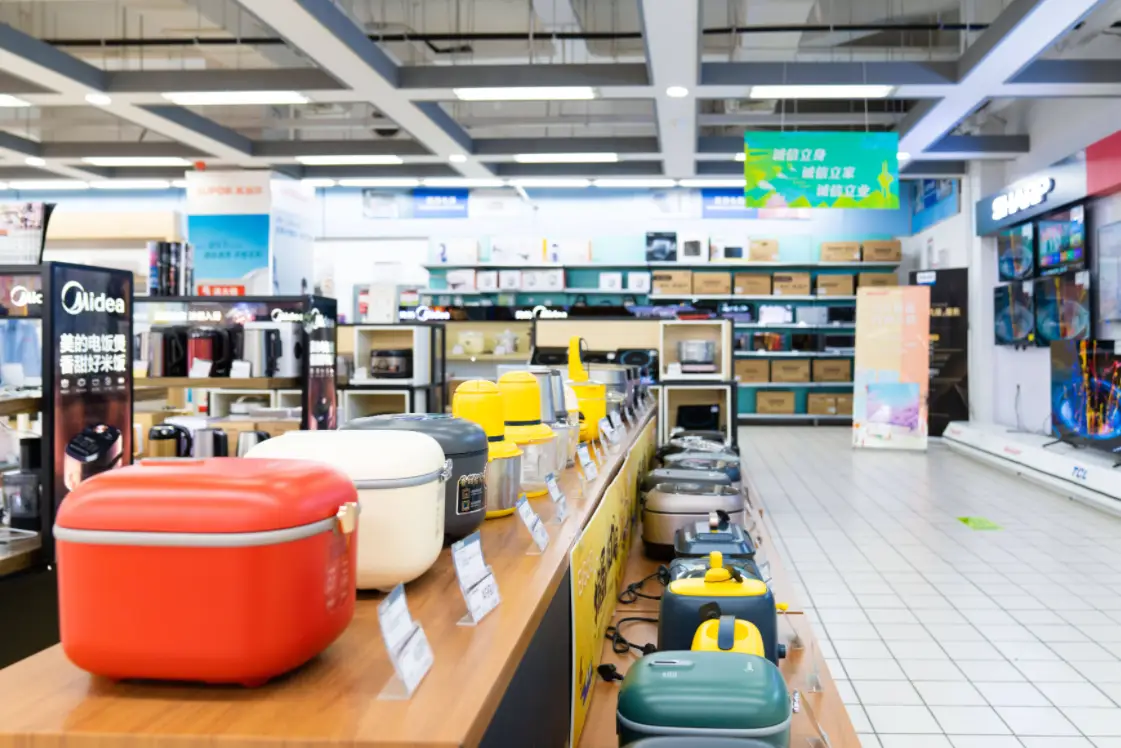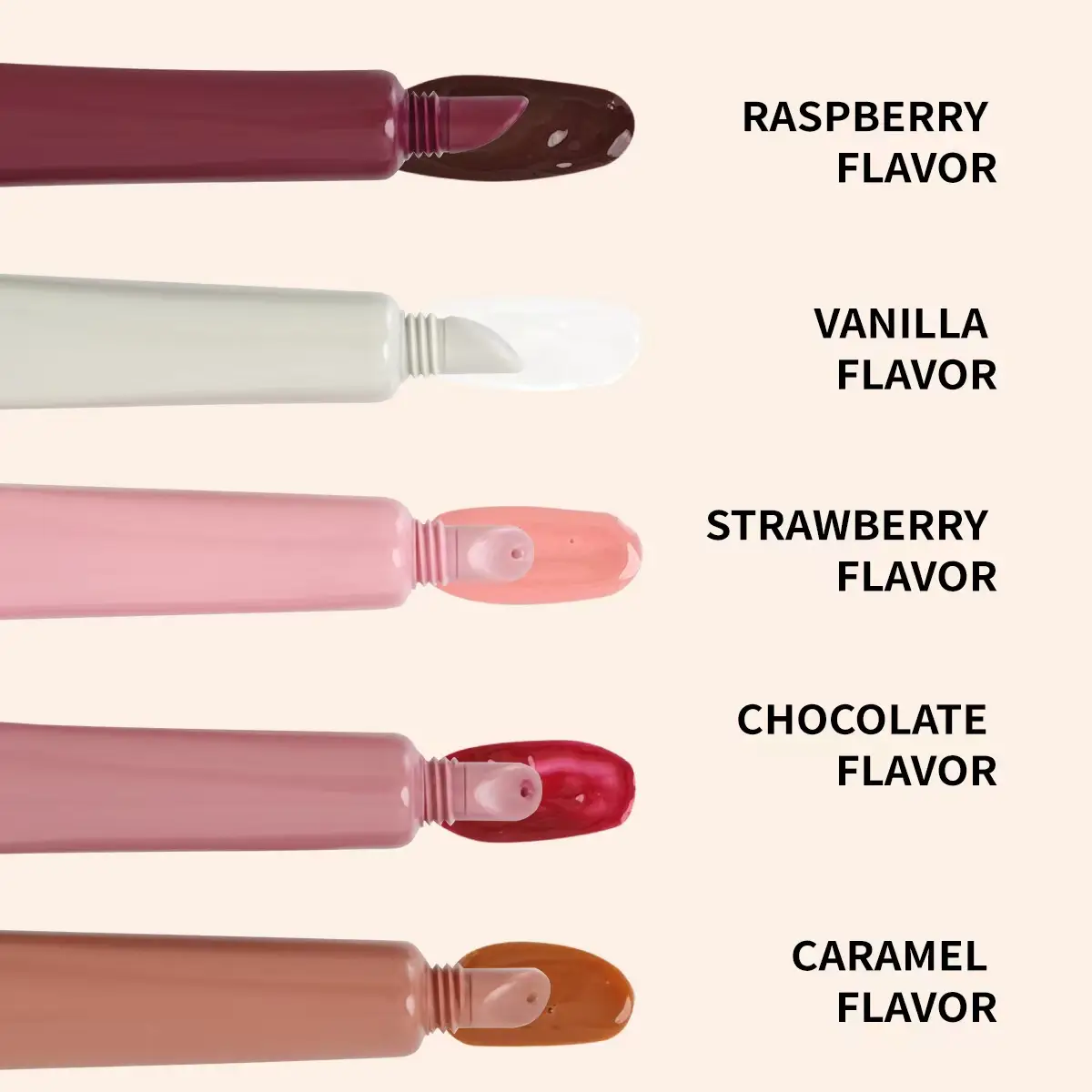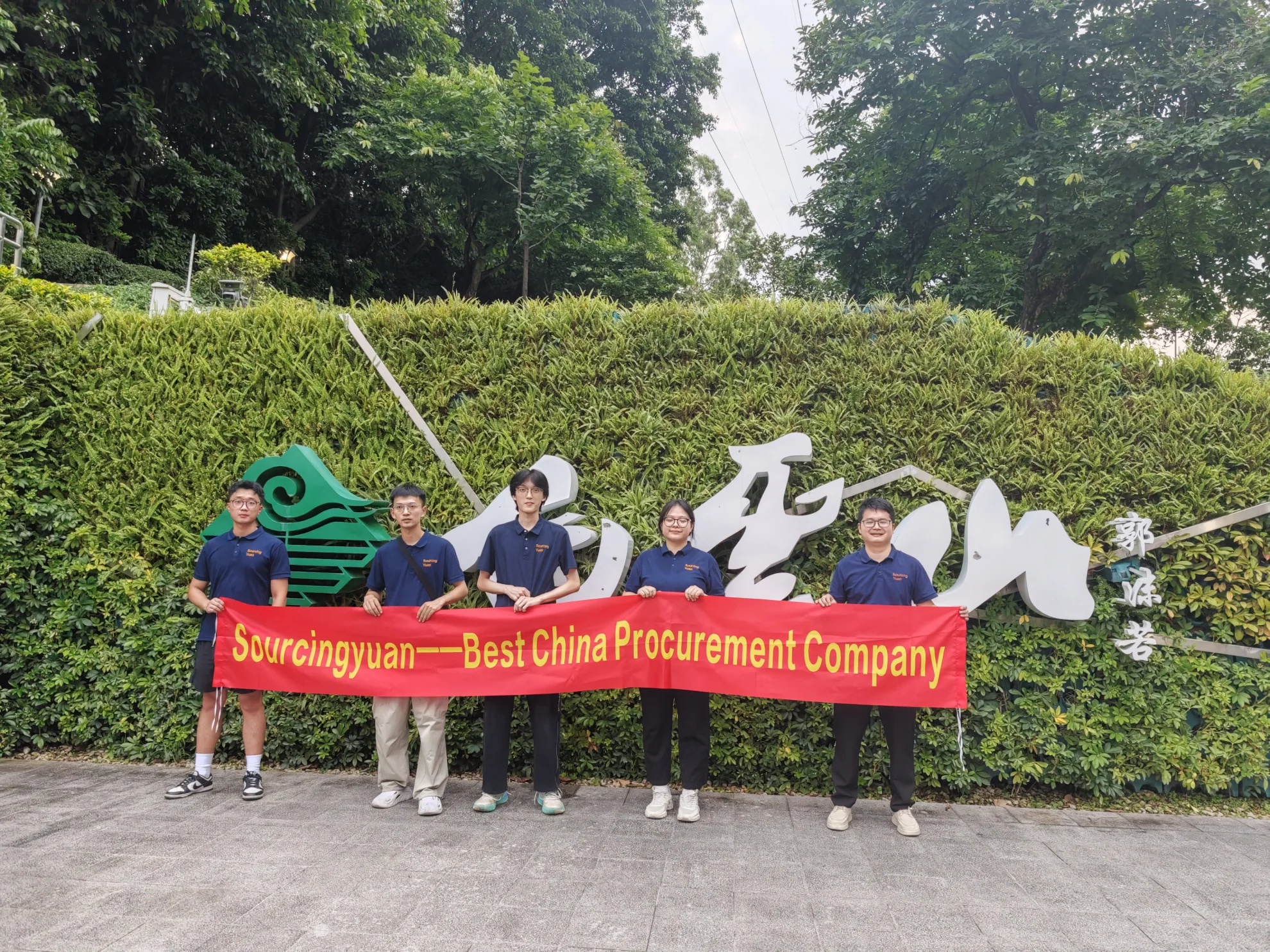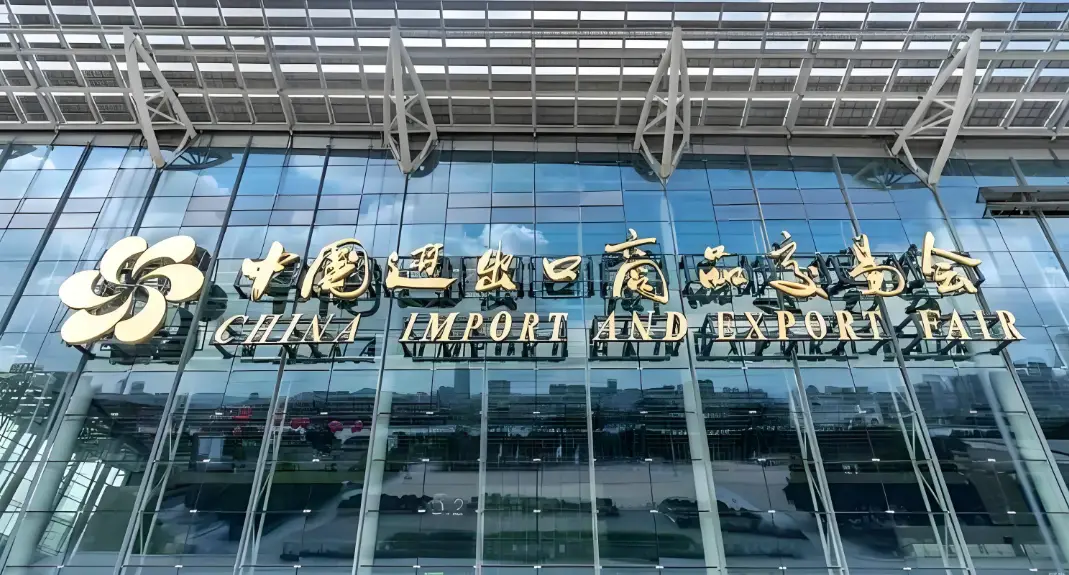
Amid the trade wave of over 32,000 exhibitors at the 2025 Canton Fair, foreign buyers often face dilemmas like “wanting to negotiate but not knowing how to start” or “fearing risks but lacking the know-how to verify suppliers.” Negotiation is not one-sided price haggling, but a value game based on professional communication. Below, I’ve compiled 10 core negotiation questions, integrated with real on-site scenario reenactments, to help you master the negotiation rhythm and lock in the best cooperation terms across price, lead time, service, and other key dimensions.
I. Opening: Verify Qualifications + Build Confidence to Seize Negotiation Initiative
Question 1: “What certifications do you hold for this product in [target market, e.g., EU/US]? Could you show me the original documents or official verification links?”
Core Purpose: First eliminate compliance risks, avoiding customs clearance issues or market recalls due to missing certifications later. Meanwhile, demonstrating professionalism by requesting “original document verification” prevents suppliers from falsely claiming qualifications.
Scenario Reenactment:
Buyer (US client): “We plan to sell this smart home device in California. Do you have FCC and UL certifications? I need to check the certification numbers on the official website.”
Supplier: “Yes, we have both certifications. Here’s the scanned copy, and you can verify the FCC ID: XXX on the FCC official site.”
Buyer (Follow-up): “Great. Is the certification valid until 2026? We don’t want to face re-certification costs shortly after purchase.”
Extended Tip: If the supplier lacks required certifications for your target market, propose: “If you complete the certification within 3 months, we are willing to increase our procurement volume by 20%”—trading long-term orders for compliance guarantees.

On site China Import and Export Fair
Question 2: “Do you supply this product to any major retailers or brands in our market, such as Walmart or Target? Can you share a reference case (without disclosing confidential information)?”
Core Purpose: Assess the supplier’s production capacity, quality control standards, and price bottom line by benchmarking well-known clients. Suppliers with experience working with major brands have clearer negotiation leeway; those without may offer lower prices to break into the market.
Scenario Reenactment:
Buyer (European client): “We are a leading home goods distributor in Germany. Have you worked with any German brands like Bosch or IKEA before?”
Supplier: “We haven’t partnered with IKEA directly, but we supply components to Bosch’s smart kitchen line. Here’s the product specification sheet we provided for them.”
Buyer: “That’s impressive. Since you meet Bosch’s standards, we expect a competitive price similar to your bulk supply to them.”
II. Pricing: Bulk Negotiation + Cost Breakdown to Avoid “Single-Point Haggling”
Question 3: “What’s your FOB Guangzhou price for MOQ 500 pcs? If we increase the order to 1000 pcs, can you offer an 8% discount? Also, what’s the price for 2000 pcs?”
Core Purpose: Use “tiered pricing inquiries” to identify the supplier’s price threshold, avoiding missed bulk discounts by only asking about a single MOQ. Clearly proposing discount percentages keeps negotiations focused.
Scenario Reenactment:
Supplier: “The FOB price for 500 pcs is $25 per unit. For 1000 pcs, we can only offer a 5% discount.”
Buyer: “We checked similar products at other booths. A 5% discount is too low. If you can give 8%, we’ll place the order on the spot and pay a 10% deposit immediately. For 2000 pcs, we hope for a 12% discount—this is a long-term partnership opportunity.”
Supplier: “Okay, 8% discount for 1000 pcs and 11% for 2000 pcs. That’s our bottom line due to rising material costs.”
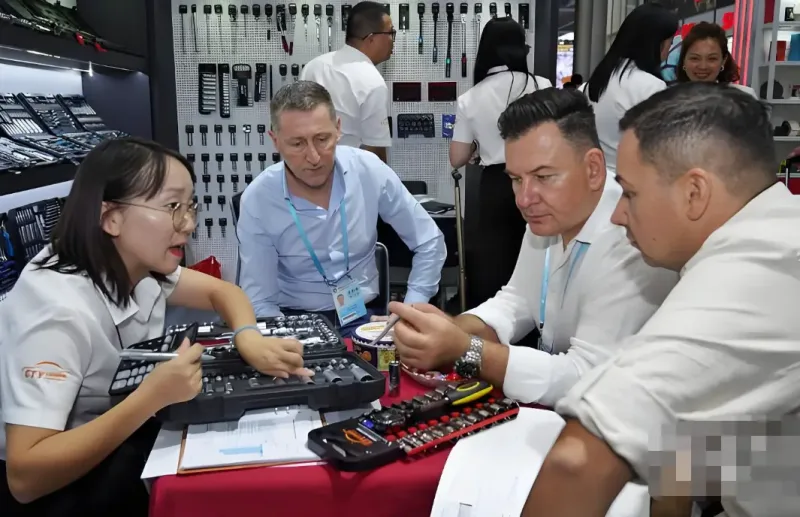
Product Inquiry
Question 4: “Could you provide a cost breakdown for this product, including raw materials, labor, packaging, and overhead? We want to see if there’s room for mutual cost optimization.”
Core Purpose: Break the supplier’s excuse of “no room for price reduction” by analyzing cost components to find optimization opportunities (e.g., simplified packaging, cost-effective raw materials), achieving “cost savings without direct price cuts.”
Scenario Reenactment:
Supplier: “The total cost is $20 per unit, with raw materials accounting for $12, labor $3, packaging $2, and overhead $3. We really can’t lower the price further.”
Buyer: “We noticed the packaging is very elaborate. If we switch to simple recyclable packaging (which is more popular in our market), can we reduce the packaging cost by $1? That would help both sides reach a deal.”
Supplier: “Yes, recyclable packaging can save $0.8 per unit. We can adjust the price accordingly.”
III. Cooperation: Long-Term Binding + Benefit Negotiation, Trading “Future Value” for “Immediate Concessions”
Question 5: “If we guarantee a yearly purchase volume of 5000 pcs, can we get exclusive distribution rights for the Benelux region? And could the exclusive period be 2 years?”
Core Purpose: Use “long-term stable orders” as leverage to secure exclusive rights, avoiding excessive competition in the same market. This also forces suppliers to offer better prices and services.
Scenario Reenactment:
Supplier: “Yearly purchase of 5000 pcs is acceptable for exclusive rights, but the exclusive period can only be 1 year. After that, we need to evaluate the market performance.”
Buyer: “1 year is too short for us to recover marketing costs. If we increase the yearly purchase to 6000 pcs, can you extend the exclusive period to 18 months? We’ll also provide quarterly sales reports to keep you updated.”
Supplier: “Deal. Let’s include this in the formal contract.”

Product price negotiation
Question 6: “What post-sales support do you offer? For example, what’s the warranty period for this electronic product? And how do you handle defective products—refund, replacement, or repair?”
Core Purpose: Incorporate after-sales costs into negotiations. Comprehensive after-sales support reduces procurement risks; insufficient support justifies requesting price concessions as risk compensation.
Scenario Reenactment:
Supplier: “The warranty period is 6 months. Defective products can be replaced within 3 months, but the buyer needs to bear the shipping cost.”
Buyer: “6 months warranty is shorter than the industry average (12 months). And we can’t accept bearing the shipping cost for defective products—this is due to your quality control issues. If you extend the warranty to 12 months and cover the return shipping for defects, we’ll agree to the current price.”
Supplier: “Okay, we’ll extend the warranty to 9 months and cover the return shipping. That’s the maximum we can do.”

Product issue communication
IV. Details: Balance Compliance + Flexibility to Avoid Hidden Risks
Question 7: “What’s the lead time for MOQ 1000 pcs? We need to launch the product before Christmas. Can you shorten the lead time from 45 days to 35 days? We can pay a 5% expediting fee.”
Core Purpose: Address the “timeliness needs” of cross-border procurement by trading an “expediting fee” for delivery efficiency, avoiding missed sales peak seasons due to delays.
Scenario Reenactment:
Supplier: “The standard lead time is 45 days. Shortening to 35 days is very tight—we need to adjust the production schedule and arrange overtime. The expediting fee should be 8%.”
Buyer: “6% is our maximum budget for expediting. If you agree, we’ll confirm the order today. Otherwise, we might have to choose another supplier who can meet the timeline with a lower fee.”
Supplier: “Alright, 6% expediting fee, and we’ll send you weekly production updates to ensure on-time delivery.”
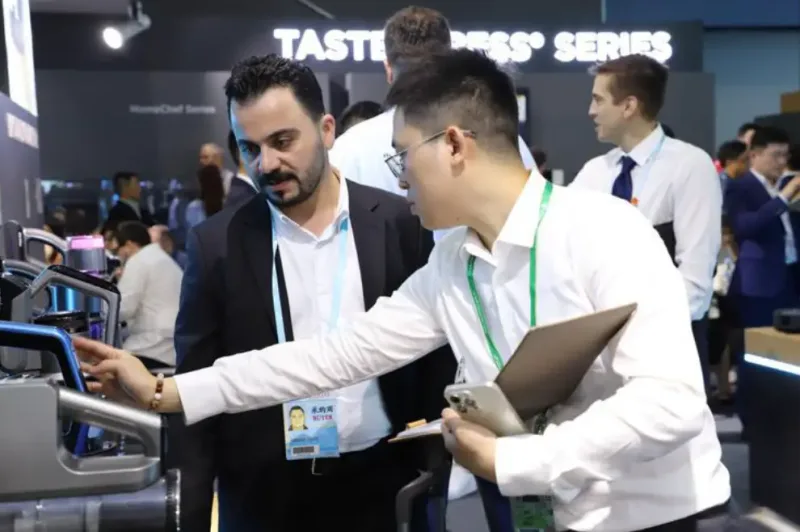
Product Function Presentation
Question 8: “Do you accept 30% deposit + 70% against B/L copy? This is our standard payment term for all Chinese suppliers. Are there any additional fees for this payment method?”
Core Purpose: Clarify payment risks and costs, preventing suppliers from suddenly demanding “100% advance payment” or excessive service fees. Using “industry standards” strengthens negotiation confidence.
Scenario Reenactment:
Supplier: “We usually accept 50% deposit + 50% against B/L copy. 30% deposit is too low for us to cover raw material costs.”
Buyer: “We’ve worked with over 20 Chinese suppliers in the past 3 years using 30% deposit + 70% against B/L copy, and there’s never been a payment dispute. We can provide references from these suppliers if needed. Additionally, we can pay the deposit within 24 hours of signing the contract.”
Supplier: “Okay, we’ll accept your payment term, but the B/L copy must be provided within 24 hours of shipment.”
V. Closing: Lock Commitments + Leave Room to Avoid Future Disputes
Question 9: “Can you send us a pre-production sample with the final negotiated price within 7 days? We’ll confirm the order within 3 days of receiving the sample if it meets our quality standards. Also, please mark the sample with the order number for tracking.”
Core Purpose: Lock product quality and price through “pre-production sample confirmation,” avoiding “goods not matching the sample” after mass production. Clearly specifying the order confirmation timeline accelerates cooperation.
Scenario Reenactment:
Supplier: “Yes, we can send the pre-production sample within 7 days. But the sample cost is $50, which will be deducted from the total order amount if you place the order.”
Buyer: “No problem. Please ensure the sample is made with the same materials and craftsmanship as the bulk order. We’ll check the dimensions, function, and color against the specifications we provided.”
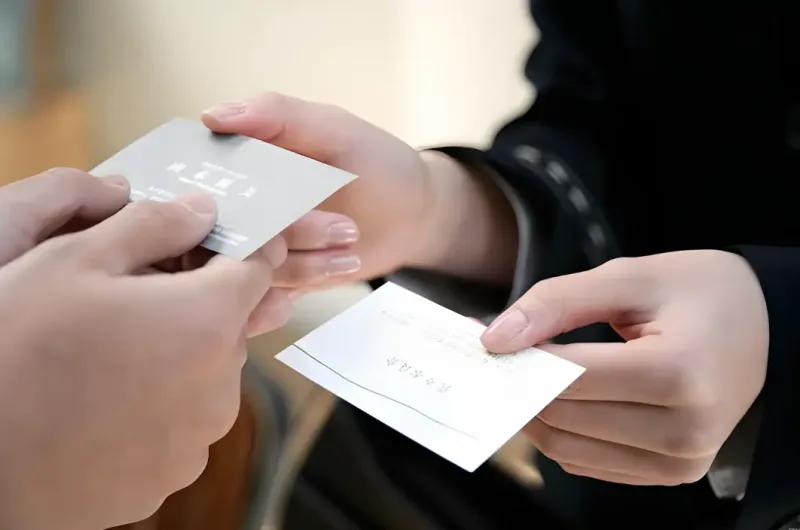
The supplier and the buyer exchange business cards
Question 10: “Could you prepare a formal proforma invoice within 24 hours, including all agreed terms: price per unit, total amount, MOQ, lead time, payment term, warranty, exclusive rights (if applicable), and the sample agreement? Please send it to our email address for review.”
Core Purpose: Convert verbal negotiations into written documentation, clarifying the rights and obligations of both parties to avoid disputes over “unfulfilled verbal commitments” and providing a basis for order execution.
Scenario Reenactment:
Supplier: “Sure, we’ll prepare the proforma invoice as required and send it to your email by tomorrow morning. Is there any other information you need to include?”
Buyer: “Please add a clause that if the delivery is delayed by more than 7 days without prior notice, you’ll compensate us 1% of the total order amount per day. And the invoice should be in English with both parties’ official company names and contact information.”
Negotiation is Essentially “Win-Win”—Professionalism is Your Best Asset
At the 2025 Canton Fair negotiation table, suppliers are more willing to cooperate deeply with buyers who “understand rules, clarify needs, and show sincerity.” The 10 questions and scenario reenactments above aim to transform you from “passive price haggling” to “proactively controlling the negotiation rhythm”—protecting your cost bottom line while avoiding compliance and quality risks.
As a procurement agency deeply rooted in the Chinese market, Sourcingyuan Procurement Agency can provide you with on-site negotiation accompaniment and professional translation support at the Canton Fair. We also pre-verify supplier qualifications, anticipate negotiation pain points, and help you eliminate cross-cultural communication barriers. If needed, we can customize exclusive negotiation script packages based on your target product categories (e.g., smart home, eco-friendly products), ensuring every negotiation you conduct at the Canton Fair is efficient and rewarding.
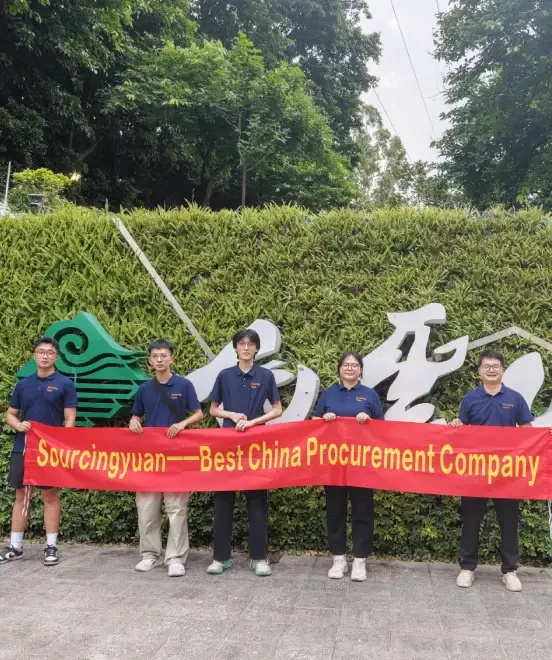
Sourcingyuan – a procurement company
Share This Story, Choose Your Platform!
We connect you with reliable factories, get the best quotes, deliver straight to your door.

